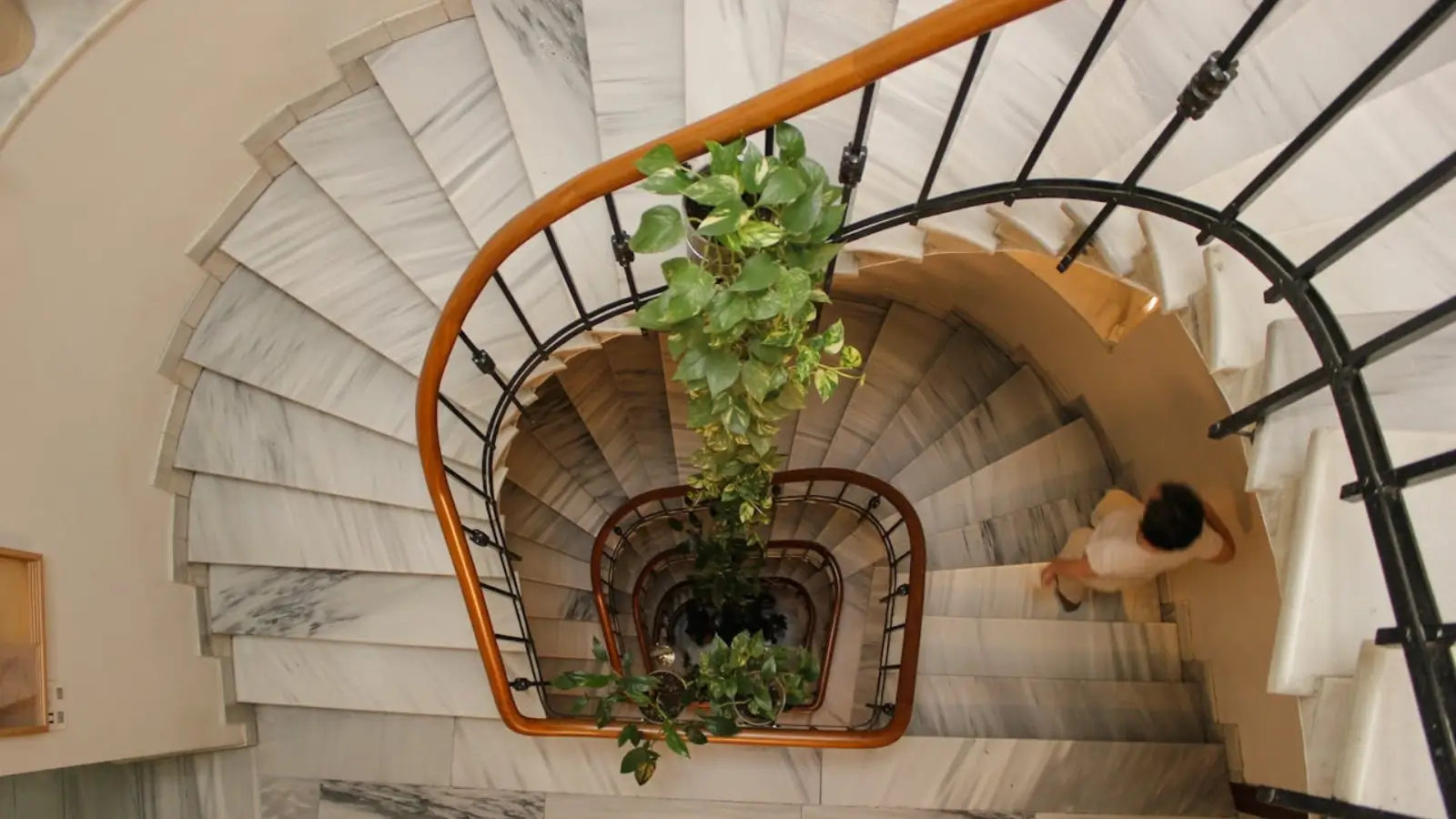


If stairs have become a barrier to moving freely in your home, a stairlift can be life-changing. But before you make a purchase, there’s one big decision to make: straight or curved? The type of stairlift you need depends entirely on your staircase layout — and each option comes with its own pros, costs, and considerations.
In this guide, we’ll break down the differences between straight and curved stairlifts, so you can make an informed, confident choice for yourself or a loved one.
A straight stairlift is designed for staircases that go directly from one floor to another without any bends, corners, or landings. It travels in a straight line and runs along a simple rail mounted to the staircase — not the wall.
If your staircase is one continuous flight without turns or platforms, a straight stairlift is likely all you need. It’s the most budget-friendly, efficient solution for simple layouts.
A curved stairlift is custom-built to fit staircases that include turns, corners, intermediate landings, or spiral designs. Because no two curved staircases are exactly alike, each rail is custom-made to match the exact shape and slope of your stairs.
If your staircase has any kind of bend, split-level, or irregular shape, a curved stairlift is the best (and often only) option. While more expensive, it offers a safer, more practical solution for complex layouts.
Which stairlift is best for curved stairs? We break it down here.
Here’s a side-by-side comparison of the two:
|
Feature |
Straight Stairlift |
Curved Stairlift |
|
Staircase Compatibility |
Straight only |
Curved, spiral, or multi-level |
|
Installation Time |
1–2 days (often same-day) |
2–6 weeks (due to custom rails) |
|
Cost |
Lower (starting around £2,000) |
Higher (starting around £4,000–£7,000) |
|
Customization |
Limited |
Fully tailored |
|
Reusability |
Easier to resell or reuse |
Harder to resell due to custom fit |
If you have doorways, radiators, or limited hallway space at the top or bottom of the stairs, you may need folding rails or special configurations. These are more common (and easier to add) with curved stairlifts.
Some users may need a powered swivel seat or extra footrest support. While these can be added to both types, curved stairlifts often offer more advanced features due to the custom build.
Straight stairlifts are the economical option. But if your staircase requires a curved rail, trying to fit a straight stairlift isn’t just impractical — it can be unsafe. Many providers offer finance plans, grants, or reconditioned options to help with costs.
No matter which type you choose, installation should be done by a certified technician. Stairlifts are mounted to the stairs, not the wall, so there’s no major damage to your home. Regular servicing ensures smooth operation and safety over time.
Choose a provider that offers:
Both straight and curved stairlifts can offer freedom and peace of mind. The right choice depends on your home layout, personal needs, and budget. A straight stairlift is perfect for simple, no-fuss setups. A curved stairlift is ideal for complex staircases and uninterrupted mobility.
Take the time to get a professional assessment and ask questions. The goal isn’t just to move between floors — it’s to do so safely, comfortably, and independently.